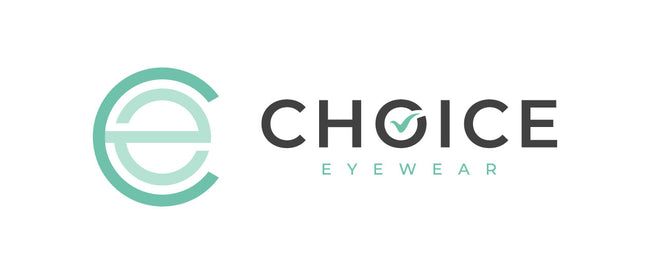Understanding Your Prescription
We know reading your prescription can feel a bit overwhelming, so we’ve put together this easy guide to help you understand the basics. Here’s what your prescription might look like:

Key Terms on Your Prescription
- OD: Right eye
- OS: Left eye
- OU: Both eyes
What Does Each Part of Your Prescription Mean?
SPH (Sphere)

This is the power needed to correct your nearsightedness or farsightedness.
-
(+) Sign: If you see a plus sign (+) in front of the number, it means you are farsighted. This means you can see objects far away clearly, but things up close are blurry.
-
(-) Sign: If you see a minus sign (-) in front of the number, it means you are nearsighted. This means you can see things up close clearly, but things far away are blurry.
It’s important to pay attention to whether the number is (+) or (-)!
If you see “Plano” or “PL”, it simply means no correction is needed, and your prescription is the same as 0.00.
How to read the numbers:
Here’s how to match the numbers on your prescription to what we need:
- -25 or -0.25 → Select -0.25
- -100 or -1.00 → Select -1.00
- +200 or +2.00 → Select +2.00
Important Note on SPH:
- Sphere numbers greater than ±4.00 / -8.00 will incur an additional $10 charge.
- Sphere numbers greater than ±6.00 / -15.00 will incur an additional $25 charge.
CYL (Cylinder)

The CYL measures the power needed to correct astigmatism, which is when your eye isn’t perfectly round.
It’s important to pay attention to whether the number is (+) or (-)!
If you see "SPH" or "DS", it means there is no astigmatism correction needed, and the value is 0.00.
How to read the numbers:
- -25 or -0.25 → Select -0.25
- -100 or -1.00 → Select -1.00
- +200 or +2.00 → Select +2.00
Important Note on CYL:
- Cylinder numbers greater than ±2.00 will incur an additional $10 charge.
- Cylinder numbers greater than ±4.00 will incur an additional $25 charge.
- If your CYL number is higher than ±6.00, please contact us for further assistance.
AXIS

The AXIS is the direction of the astigmatism correction, ranging from 1 to 180 degrees. It is always associated with a CYL number. If you don’t have a CYL number, there won’t be an AXIS number.
How to Read AXIS:
- 005 or 5 → Select 5 in the AXIS column.
- 098 or 98 → Select 98 in the AXIS column.
- 166 → Select 166 in the AXIS column.
ADD (Addition)

The ADD number indicates the extra magnifying power needed for reading glasses, or for bifocals and progressives.
- ADD is the same for both eyes.
- If you only need glasses for distance vision (and not for reading), you won’t have an ADD number.
PD (Pupillary Distance)

Your PD measures the distance between the center of your pupils, ensuring the focus point is aligned correctly in your glasses. It’s measured in millimeters and typically ranges from 58 to 70 mm for adults.
PRISM

Prism correction is used to fix double vision, positional issues, or convergence problems. It includes two parts:
- Prism Power (ranges from +0.25 to +4.00).
-
Base Direction (the direction the prism will shift the image). This can be:
- BI (Base In) → Choose IN
- BO (Base Out) → Choose OUT
- BU (Base Up) → Choose UP
- BD (Base Down) → Choose DOWN

